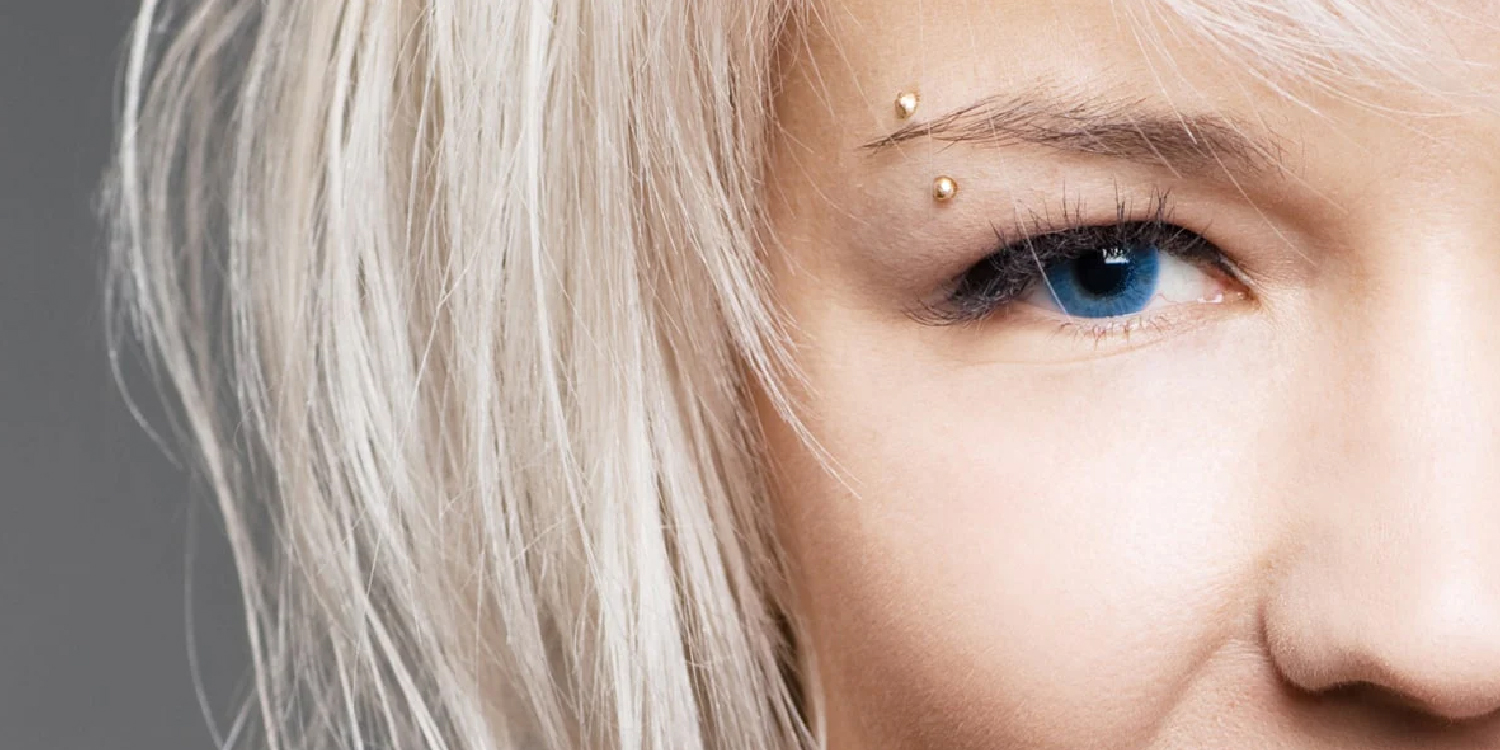The Guide to Achieving Optimal Tattoo Healing
Tattoos are a popular form of self-expression that has been around for centuries. They are created by injecting ink into the skin, which creates a permanent design. The question is, how long does a tattoo take to heal? The answer can vary depending on a number of factors, including the size of the tattoo, the location on the body, and the individual’s healing process.
The healing process of a tattoo can take anywhere from a few days to a few weeks. In general, smaller tattoos will heal faster than larger ones. This is because the smaller the tattooed area, the less damage is done to the skin. The location of the tattoo can also play a role in the healing time. Tattoos on areas of the body that are frequently exposed to friction, such as the hands or feet, may take longer to heal than tattoos on other body parts.
The first stage of the healing process is called the “inflammatory stage.” This stage begins immediately after the tattoo is completed and can last anywhere from a few days to a week. During this time, the tattooed area will be swollen, red, sore, or tender. The skin may also ooze a clear or yellowish fluid, which is the body’s natural response to the tattooing process.
The second stage of healing is called the “proliferative stage.” This stage begins after the inflammatory stage and can last anywhere from a few days to a week. During this time, the tattooed area will begin to form a scab. The scab is the body’s way of protecting the tattooed area from infection. It is important to avoid picking or scratching the scab, as this can cause the tattoo to become infected or cause the tattoo to heal unevenly.
The final stage of healing is called the “remodelling stage.” This stage can take anywhere from a few weeks to a few months, depending on the size and location of the tattoo. During this time, the tattooed area will begin to heal, and the scab will begin to fall off. The tattooed area may still be slightly red or raised, but this is normal.
It is important to take proper care of a tattoo during the healing process to ensure that it heals properly. This includes keeping the tattooed area clean and dry, avoiding exposure to sunlight, and avoiding activities that can cause the tattoo to become irritated or infected. It is also important to avoid swimming or soaking the tattooed area in water until it is fully healed.
Tattoo infections are a risk that can occur after getting a tattoo. They can happen due to a variety of reasons, such as unsanitary conditions, poor aftercare, or an individual’s own susceptibility to infection.
Symptoms of a tattoo infection can include redness, pain, swelling, warmth, and discharge from the tattoo. If left untreated, an infected tattoo can lead to scarring, discoloration, or even the loss of the tattoo.
To avoid tattoo infections, it’s important to ensure that the tattoo artist is using sterile equipment and practicing proper hygiene.
Note that a new tattoo should be kept covered for at least the first two weeks of the healing process to ensure proper healing. Additionally, it’s important to keep the tattoo clean and moisturized during the healing process and to avoid exposing it to direct sunlight or other sources of heat.
While the process of covering a new tattoo may be a bit of an inconvenience, it is an important step in protecting and preserving the tattoo for the long term.
One of the most common ways to cover a new tattoo is by using a bandage or adhesive bandage. This method is easy and effective, as it keeps the tattoo covered and protected from bacteria and other contaminants. Bandages and adhesive bandages are also inexpensive and can be found at most drugstores.
It is also important to follow the aftercare instructions provided by the tattoo artist. They will likely recommend using a thin layer of mild, fragrance-free lotion or ointment to keep the tattoo moisturized and to avoid itching. They may also recommend avoiding certain activities such as swimming or saunas. It is essential to listen to their instructions and follow them closely.
In summary, the healing time for a tattoo can vary depending on several factors, including the size of the tattoo, the location of the body, and the individual’s own healing process. It typically takes about a week for the inflammatory stage and a week for the proliferative stage, and it can take up to a few months for the remodelling stage. It is important to take proper care of the tattoo during the healing process and follow the aftercare instructions provided by the tattoo artist to ensure that it heals properly.












